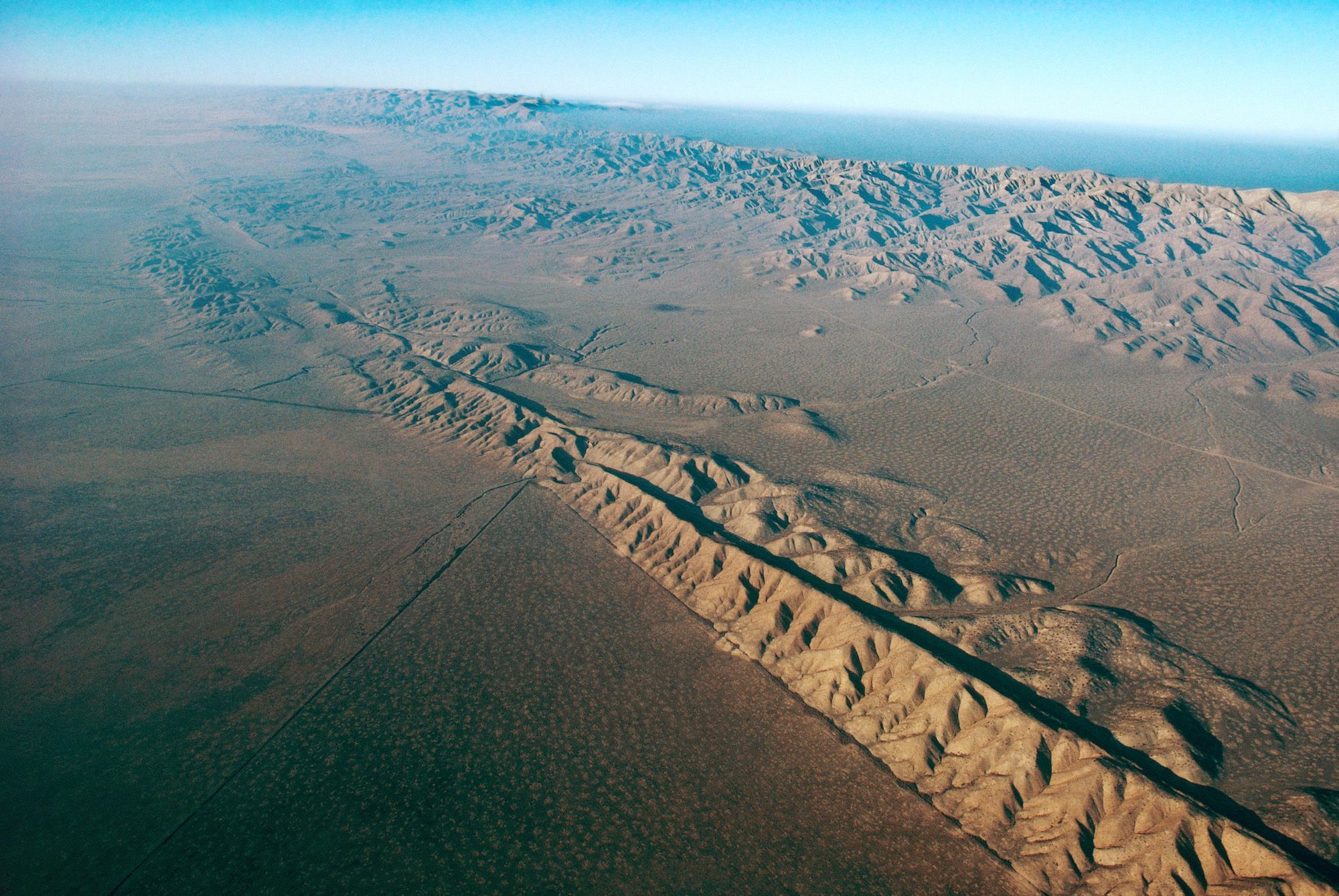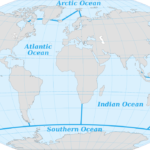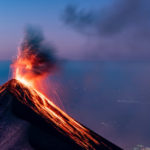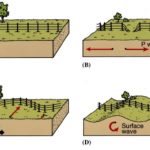The name ‘tsunami’ is Japanese. It means harbor wave. Tsunamis used to be called tidal waves, but they actually have nothing to do with the tides.
The sudden displacement of huge amounts of water causes tsunamis. Most happen as a result of an undersea earthquake. If the earthquake is powerful enough, the sudden movement of the ocean floor at a tectonic plate boundary can cause the water above to surge upwards then fall back. The energy created then races under the surface of the water and forms the series of waves, known as a wave train, of a tsunami.
A volcanic eruption can cause a tsunami. The eruption can be either submarine (underwater) or on land. A submarine eruption has a similar effect to an earthquake, making the ground shake and sending the water above into ripples that grow into a tsunami. A huge lava flow from a land volcano eruption, together with all the rock debris from the explosion, can pour into the ocean and disrupt the water enough that a tsunami may form.
A large landslide into the water, or even a meteorite landing in the ocean, can have the same result. Whatever the initial cause, the displacement of the water is what makes a tsunami.
The Pacific “Ring of Fire” is the most common place for tsunamis to happen, due to the number of volcanic eruptions and earthquakes.
Earthquakes and tsunamis happen most often in the Ring of Fire
The waves of a tsunami are not the same as normal waves, which are formed by the wind. Wind waves flow in a circular fashion, the tops of the waves curling back under themselves.
The water of a tsunami wave behaves in a very different way. In deep ocean waters a tsunami wave may only be a foot high, but it can be 60 miles long and it can travel across the top of the ocean at up to 500 miles an hour. That is the speed of a jet airplane! When the wave reaches shallower water near a coastline, the water at the bottom of the wave slows down, but water at the top keeps moving fast. The energy this produces can create a wave that rapidly increases in height, sometimes up to 100 feet high, that crashes into the coast and floods the land. The water can reach 1000 feet inland and can be strong enough to destroy houses and trees.
Often the trough, the lowest part of the wave, reaches land first. This can cause a vacuum effect, sucking the coastal water back out to sea and exposing the seabed. This is an important warning sign of an impending tsunami and understanding what it means can give people valuable time to get to higher ground. Because a tsunami usually arrives as a series of waves, people should stay on higher ground until told it is safe to return.
Many ocean side cities have tsunami evacuation routes
Although it is impossible to predict a tsunami, once one is formed, early detection systems using seismic equipment and water level gauges can identify the time a wave will hit land. Tsunami warnings can be sent to people living in vulnerable coastal areas. Systems like these are being built to protect people living on coasts all around the world.






